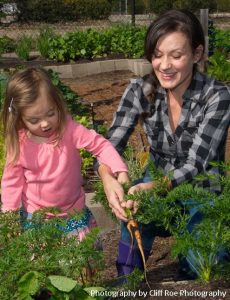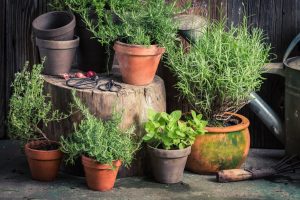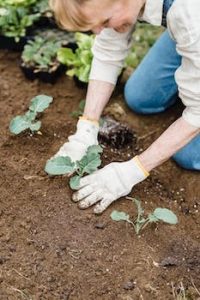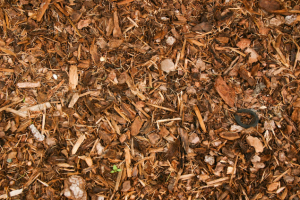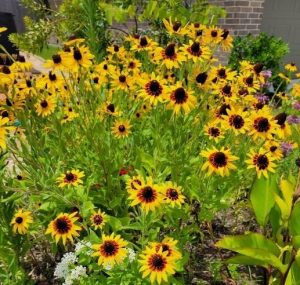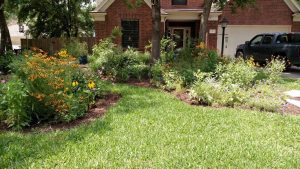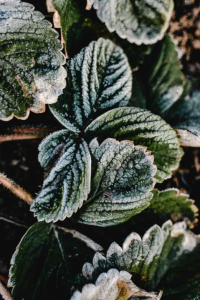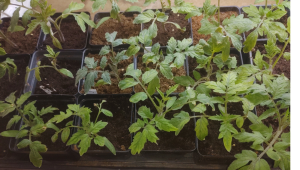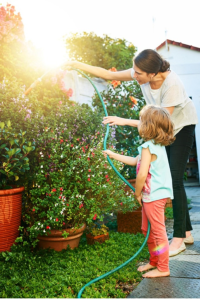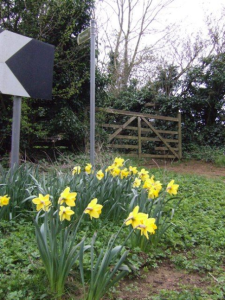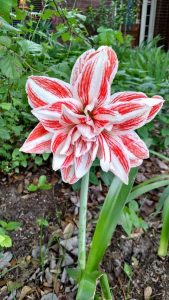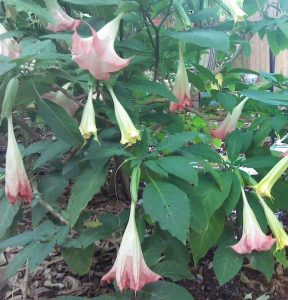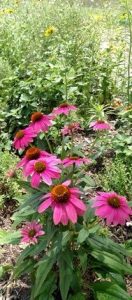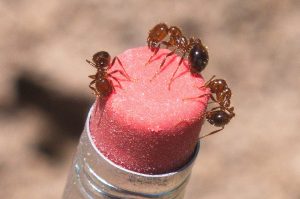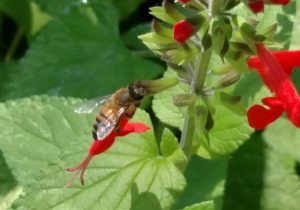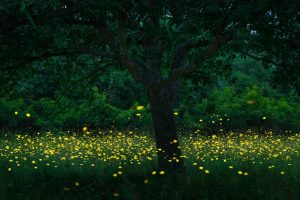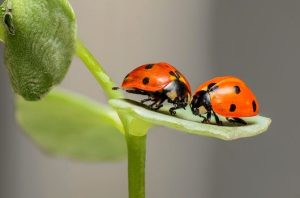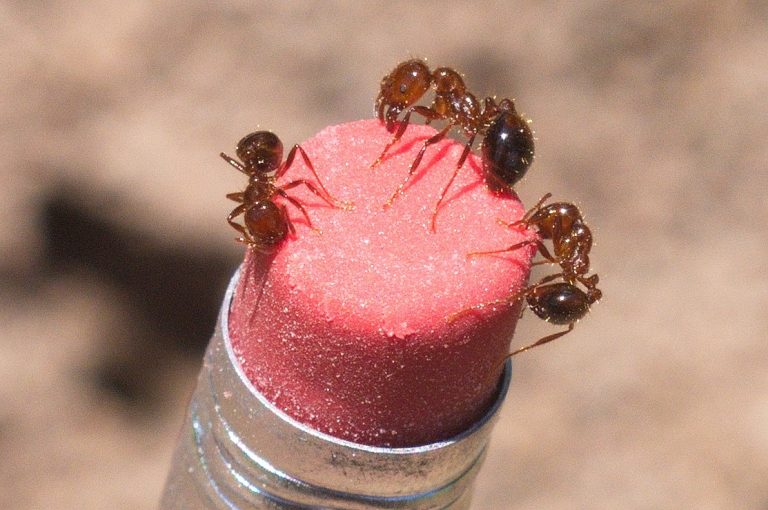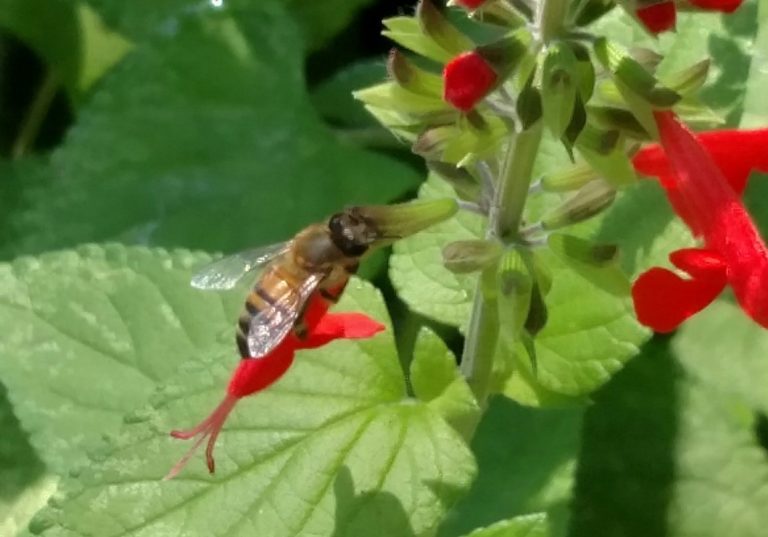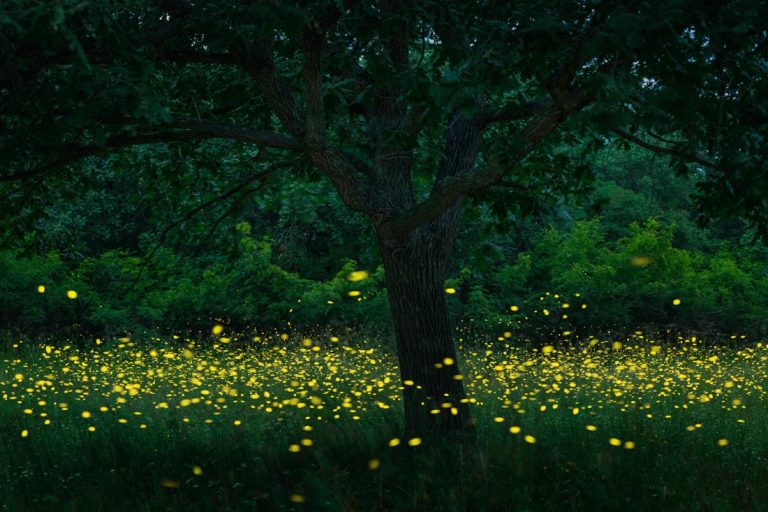It’s February, and time for mulching, pruning, fertilizing and just one more month until spring here on the Gulf Coast. Although it hasn’t been a very cold winter, most of us gardeners are excited to plant our tomatoes come the first week in March (I hope), as well as enjoy all our spring-bloomers that we planted in the fall.
Mulching
Unmulched plants may lose up to two thirds of any water applied to them through evaporation.That’s one of the reasons that mulch is essential.
Mulch also moderates soil temperature by keeping the soil beneath it at a more constant year-round climate, helps prevent erosion, reduces weeds, lowers the possibility of soil-borne diseases, provides organic matter to the soil, and makes the shrub beds more attractive – all pretty good reasons to use mulch.
In Montgomery County, one to two inches of mulch is adequate. Never use more than six inches of mulch. The mulch may restrict oxygen and carbon dioxide movement in and out of the soil and literally smother the root system.
Check your irrigation system
Is it ready for spring? If you have an automated system, you should have turned it off during the winter months. However, it’s time to run your system and see if everything’s in working order. Does your controller work properly, running each zone? Sprinklers appropriately aligned? Any broken sprinkler heads? Are some of your sprinklers watering the sidewalk or the street instead of your lawn?
Pruning
February is a great time to prune. The suggested time to prune roses is Valentine’s Day. Prune other plants like fringe trees, honeysuckle, redbud, spirea, Texas mountain laurel, viburnum, wisteria, and althea, butterfly bush, crepe myrtle (but do not knuckle them), hydrangea, and vitex. Texas A&M Agrilife and LSU Extension Service have some excellent “how-to” videos on YouTube that show you proper pruning methods.
What to plant and when
Timing is most important when it comes to vegetable plantings. Gardeners are always fond of tomatoes and often jump the gun when planting them. Most of us, eager to see those first tomato fruits beginning, hurry to get the seedlings into the ground. I would place myself as one of the first in the line to rush planting tomatoes.The first week in March is a great time to plant tomatoes along the coast, although there have been some years when bitter winds blew until the 20th of March, the last “official” frost date, according to the USDA.
Fertilize your trees, shrubs and vines now
This allows the roots to absorb the nutrients and get ready for spring growth. There are directions for fertilization on the Texas A&M Agrilife Extension website.
Lawns
Make sure our lawnmower is working correctly. Don’t fertilize your lawn yet. Keep winter weeds in check by mowing and hand pulling. Most winter weeds are annuals. If you cut them down before they produce seed, you can significantly cut down on weed infestations. Do NOT use “weed and feed” products.
Wildlife
Water is essential for birds, squirrels, butterflies, and bees now. Make sure you have a source of water for these creatures. Change the water weekly so that I stay relatively fresh.



